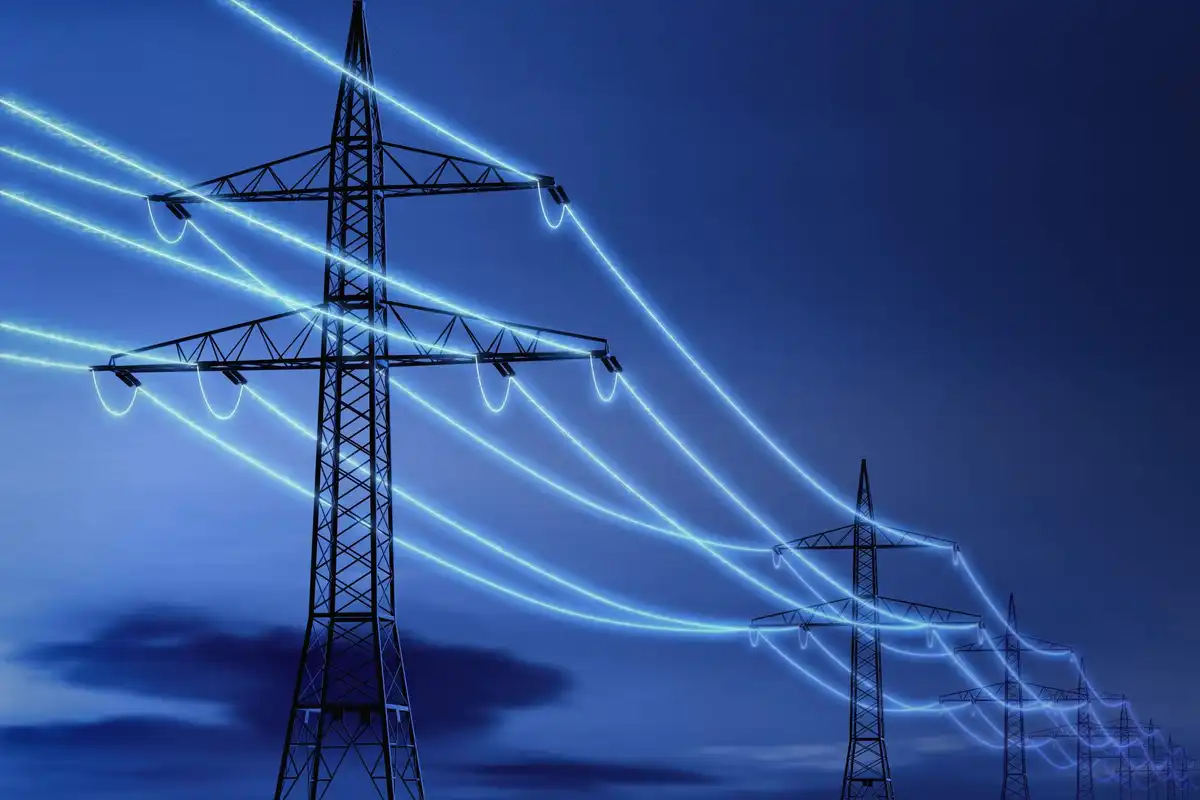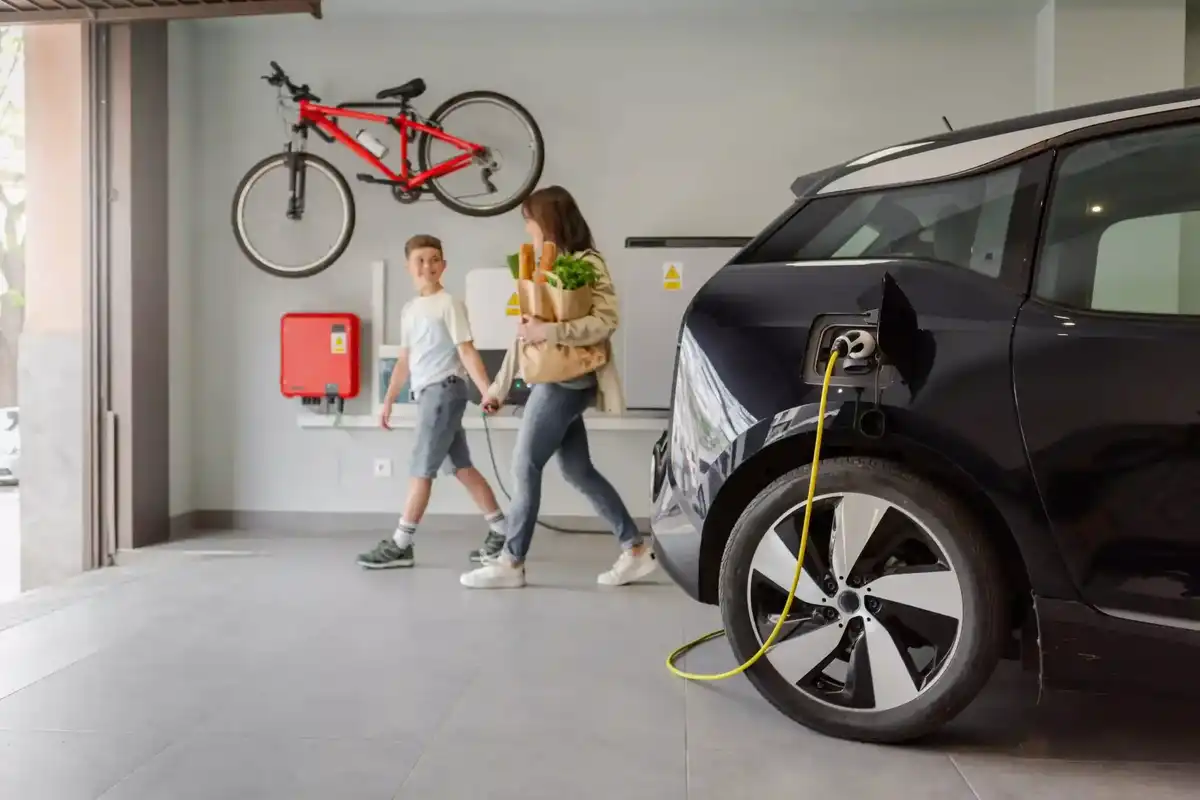Visiting Daikin: Houston energy transition innovation is the heart of operations
the view from HETI
In the energy capital of the world, we often think and talk about the energy transition and low carbon solutions in the context of energy production and distribution – whether it’s adding more renewables to the grid, reducing the CO2 emissions of our existing energy resources with CCUS and Hydrogen, developing energy storage technology to manage intermittency, or deploying other innovative solutions designed to produce or deliver more energy with fewer emissions – Houston is leading on all fronts.
But these aren’t the only solutions needed as we seek to solve one of the most challenging issues of our time. We cannot focus only on innovating the production and distribution of energy. As the demand for energy grows, locally and globally, we must also think innovatively about reducing the demand for energy, while still maintaining, and improving, quality of life. I had the opportunity recently to visit a company that is doing just that, right here in the Houston region.
Daikin is the world’s leading air conditioning and refrigeration company, with their US headquarters and North America manufacturing facility based right here, just 30 minutes northwest of downtown Houston in Waller, Texas. The Daikin Texas Technology Park, a 4.2 million ft2 facility, equal to 74 football fields, is dedicated to developing, manufacturing and marketing innovative solutions for meeting its customers’ needs while also reducing the energy required to keep people cool. Currently, air conditioning accounts for around 10% of global electricity consumption, with rapid demand growth expected in the future. As electrification becomes a key pathway to the decarbonization of various industries, demand for low-carbon power will continue to grow.
Achieving an affordable, reliable, and low-carbon future will require innovation across the entire energy value chain – from production to consumption, and, as the world’s leading air conditioning manufacturer, Daikin, is leading the way in developing innovative solutions to achieve optimum comfort and energy savings.
Three things struck me during my recent visit to the Daikin Texas Technology Park (DTTP):
- Innovation is at the heart of their operation. The integration of engineering and manufacturing in a single location facilitates collaboration and product innovation and accelerates implementation. The LEED Gold Certified facility was also innovatively designed to maximize energy efficiency and minimize environmental impact.
- People are a priority. The diversity of the 8000+ employees working at the DTTP was incredible. During the visit, we had the opportunity to see team members from many different backgrounds and with various skills and education working in all parts of their operation. They also offer a STEM scholarship program in partnership with the Waller Area Chamber of Commerce.
- They are environmentally focused. Daikin is fully committed to providing energy solutions that improve quality of life while also reducing environmental impact through improved efficiency. The heating and air conditioning products manufactured at the DTTP are some of the most innovative and energy efficient products on the market today – producing a more even temperature and offering as much as a 30% reduction in energy use compared to standard AC systems, all with a considerably smaller footprint.
As someone who spends a great deal of time thinking about the pathways to solving the global dual challenge of more energy with fewer emissions, much of my time is spent learning about innovations on the supply side of energy. It is exciting to learn that there is just as much innovation happening on the demand side of energy – and to see it happening right here in Houston.
———
This article was written by Jane Stricker, executive director and senior vice president of theGreater Houston Partnership's Houston Energy Transition Initiative and originally ran on the HETI blog. HETI exists to support Houston's future as an energy leader. For more information about the Houston Energy Transition Initiative, EnergyCapitalHTX's presenting sponsor, visit htxenergytransition.org.
To learn more about Daikin’s entire line of innovative heating and air conditioning products and how they are Perfecting the Air, visit the Daikin global website.








 Air Liquide and Hyundai agreed to expand hydrogen refuelling networks, storage capacity and more at a meeting in Seoul last week. Photo courtesy Air Liquide.
Air Liquide and Hyundai agreed to expand hydrogen refuelling networks, storage capacity and more at a meeting in Seoul last week. Photo courtesy Air Liquide.
